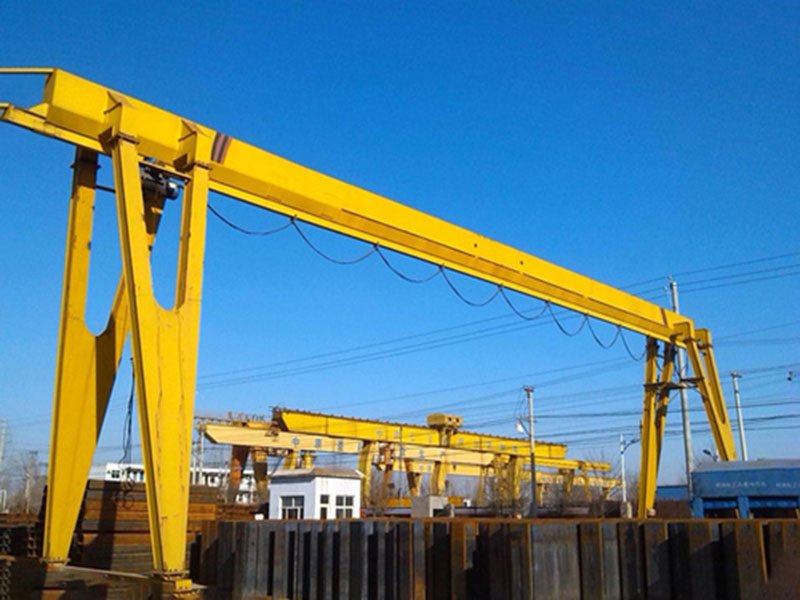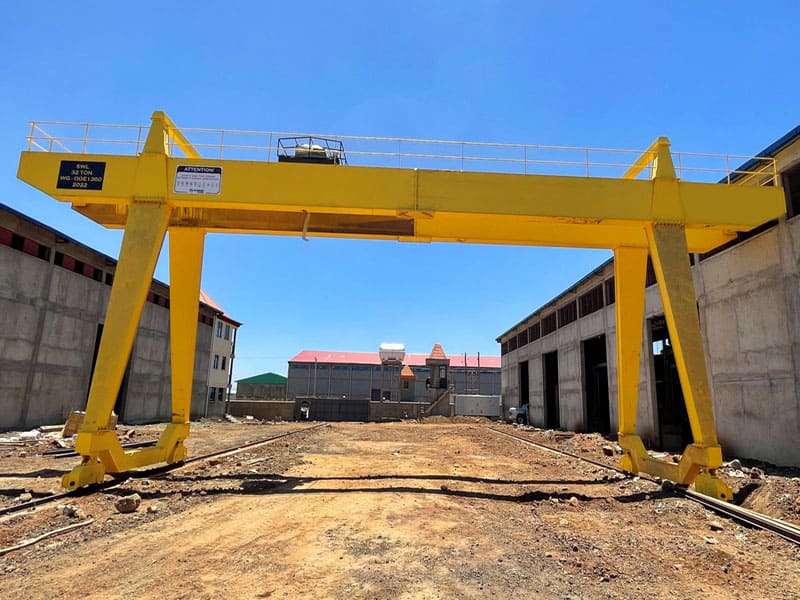When deciding between a single girder and a double girder gantry crane, the choice largely depends on the specific needs of your operation, including load requirements, space availability, and budget considerations. Each type offers distinct advantages that make them suitable for different applications.
Single Girder Gantry Cranes are typically used for lighter to medium loads, generally up to 20 tons. They are designed with a single beam, which supports the hoist and trolley. This design is simpler, making the crane lighter, easier to install, and more cost-effective both in terms of initial investment and ongoing maintenance. Single girder cranes also require less headroom and are more space-efficient, making them ideal for environments with height restrictions or limited floor space. They are a practical choice for industries such as manufacturing, warehousing, and workshops, where tasks do not require heavy lifting but efficiency and cost-effectiveness are paramount.


Double Girder Gantry Cranes, on the other hand, are designed to handle heavier loads, often exceeding 20 tons, and can span greater distances. These cranes feature two girders that support the hoist, providing greater stability and allowing for higher lifting capacities and heights. The additional strength of a double girder system also means they can be equipped with auxiliary hoists, walkways, and other attachments, offering more functionality. They are ideal for heavy-duty applications such as steel mills, shipyards, and large construction sites where lifting large, heavy objects is routine.
Which to choose?
If your operation involves heavy lifting, requires higher lifting heights, or spans a large area, a double girder gantry crane is likely the better option. However, if your needs are more moderate, and you seek a cost-effective solution with easier installation and maintenance, a single girder gantry crane is the way to go. The decision should be guided by the specific demands of your project, balancing load requirements, space constraints, and budget.
Post time: Aug-13-2024









